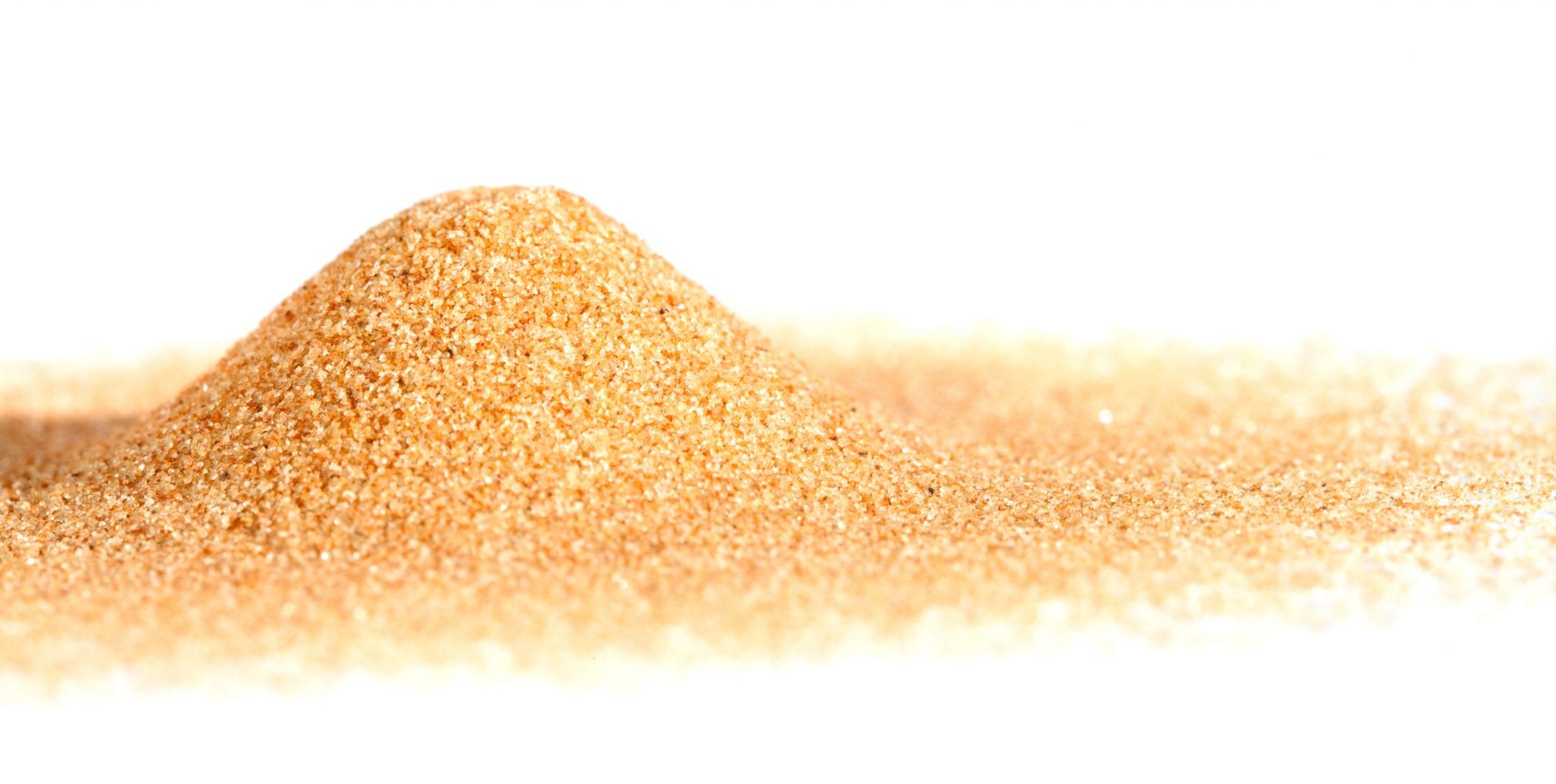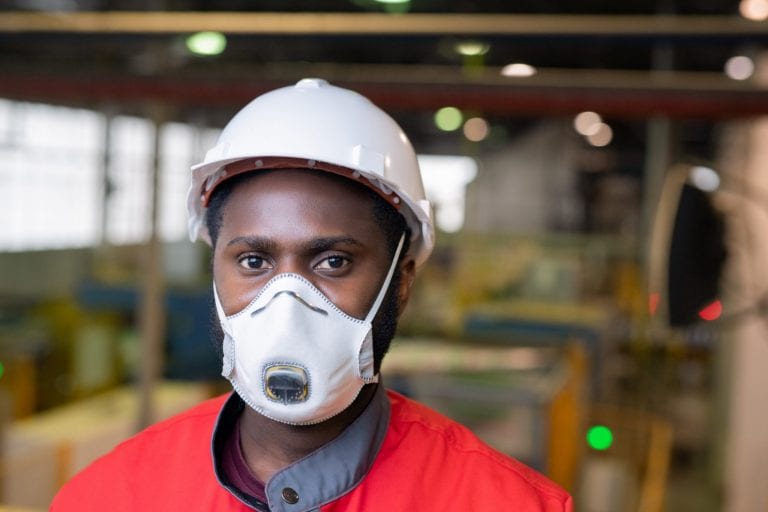
OSHA is seeking industry input on its respirable crystalline silica standard for construction, and is taking comments until Oct. 15.
Specifically, OSHA would like information on the effectiveness of work practice and engineering controls that limit worker exposure to respirable silica, as well as tasks and equipment related to silica exposure that are not currently included in Table 1 of the standard.
OSHA is also asking for information and comments as to whether there are potential scenarios when general industry and maritime employers that are already covered by silica standards for those industries should comply with the silica standard for construction. In addition to requesting information and comments, the agency is also asking for exposure data that could help it determine whether it should revise the standards.
Table 1 of the silica standard for construction outlines the proper control measures to be taken when performing tasks using specific pieces of equipment related to silica exposure.
For example, when workers are using stationary masonry saws, the accompanying engineering and work practice control methods would be to ensure that the saw is equipped with an integrated water delivery system that continuously feeds water to the blade and to use the saw in accordance with the manufacturer’s dust control instructions.
Table 1 requirements also include control measures for handheld power saws, walk-behind saws, drivable saws; rig-mounted core saws and drills; handheld and stand-mounted drills; dowel drilling rigs for concrete; vehicle-mounted drilling rigs for rock and concrete; jackhammers and handheld powered chipping tools; handheld grinders for mortar removal; handheld grinders for other uses; walk-behind milling machines and floor grinders; and small, drivable milling machines.
But even with such detailed control measures in place, OSHA might have determined that some workers can still be exposed to respirable crystalline silica dust, thus the request for information on how to tighten up protections.
According to an early-2019 study conducted by researchers at the Department of Public Health at the University of Massachusetts Lowell, workers on construction projects, as well as bystanders, can still be exposed to respirable silica during chipping and crushing activities, even when taking the protective steps outlined in Table 1. Even when using cartridge respirators, chipping worker exposure exceeded OSHA’s permissible exposure limit (PEL) within 15 minutes. Crushing machine tenders exceeded the PEL within two hours.
Source: Construction Dive







